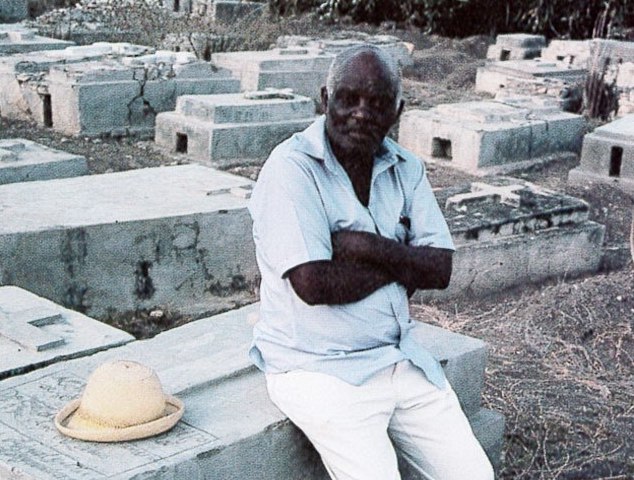Halloween is around the corner, so let’s get spooky with this real-life story of a Haitian man alleged to be a zombie that came back to life.
Zombies have long been a part of Haitian folklore, and traditionally have been believed to be deceased people who are revived by a ‘Bokor’ or sorcerer. The zombie is said to be under the control of the bokor and can be used at the bokor’s will. This aspect of Haitian folklore is thought to be of West African origin, and today is widely associated with Haitian Vodou practices.
One of the most famous cases in history of an alleged ‘real life’ zombie is that of Clairvius Narcisse, a Haitian man born in 1922. In 1962, at the age of 40, he was admitted to the Schweitzer Hospital, which was operated by American medical staff. Clairvius’ symptoms included a severe fever, fatigue and coughing up blood. Clairvus was pronounced dead shortly afterwards by two American doctors, held in cold storage for a day and subsequently buried.
Nearly 20 years later, in 1980, a man claiming to be Clairvius Narcisse reappeared in the city of L’Estère. He confirmed his identity to his sister, Angelina Narcisse, and other villagers by using a childhood nickname and sharing intimate information about their family that only a family member would know.
According to Clairvius, he had been paralyzed by a Vodou priest to make him appear dead, and had been conscious but immobile during his burial. The bokor priest had then exhumed him, drugged him, enslaved him and forced him to work on a sugar plantation.

He alleged that he had been made to consume a paste which effectively rendered him unable to think for himself and caused memory loss. He said he was forced to work on the plantation alongside other workers who had also been drugged. When the vodou priest died and the regular medicating ceased, Clairvius escaped, eventually returning home to his family. The villagers believed his story, and thus he was considered to be a living zombie. There are even photographs of Clairvius sitting on top of his own tombstone, from which he had allegedly been exhumed decades prior.
In the years following, several doctors and scientists investigated the case. It was particularly perplexing that Clairvius’ death had been verified by two American doctors when they examined him at the time, so multiple testimonies confirmed that he had indeed died. Over the years a number of theories have been circulated, including that Clairvius was administered with a combination of subduing substances including a component of pufferfish venom.
Clairvius died (for real) in 1994 at the age of 72.
You can watch a video on the life and experiences of Clairvius Narcisse here.





